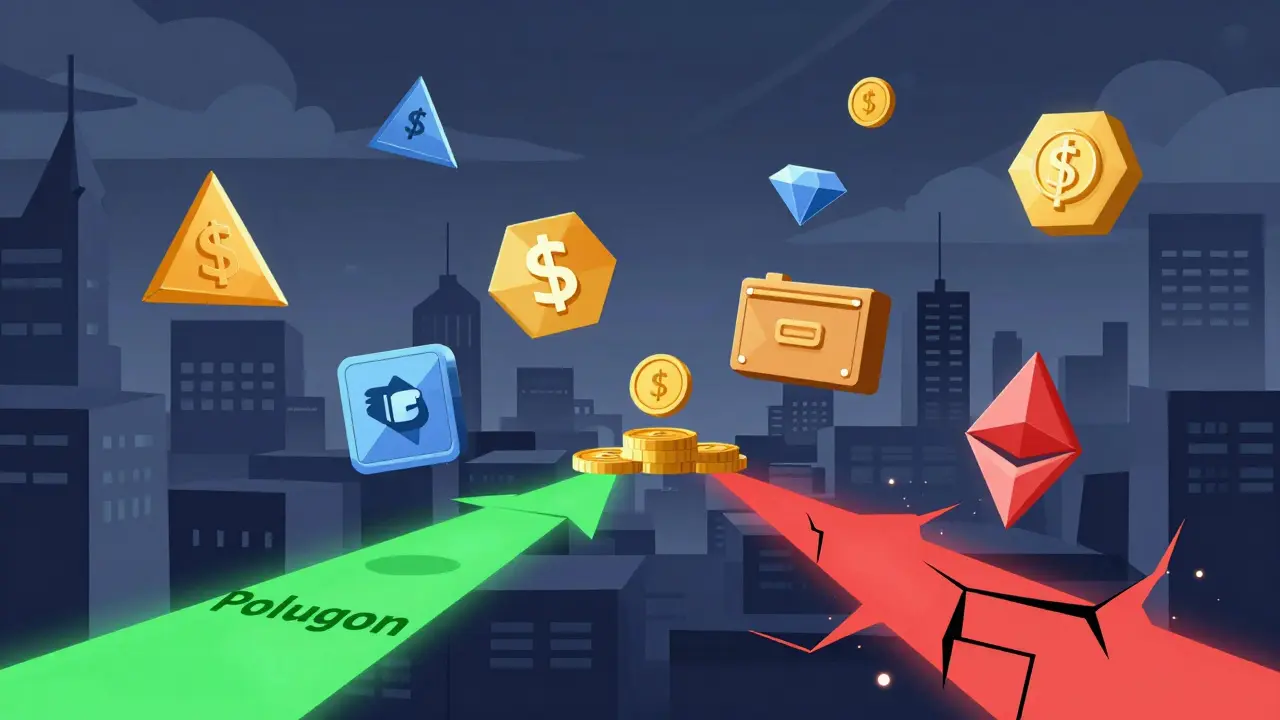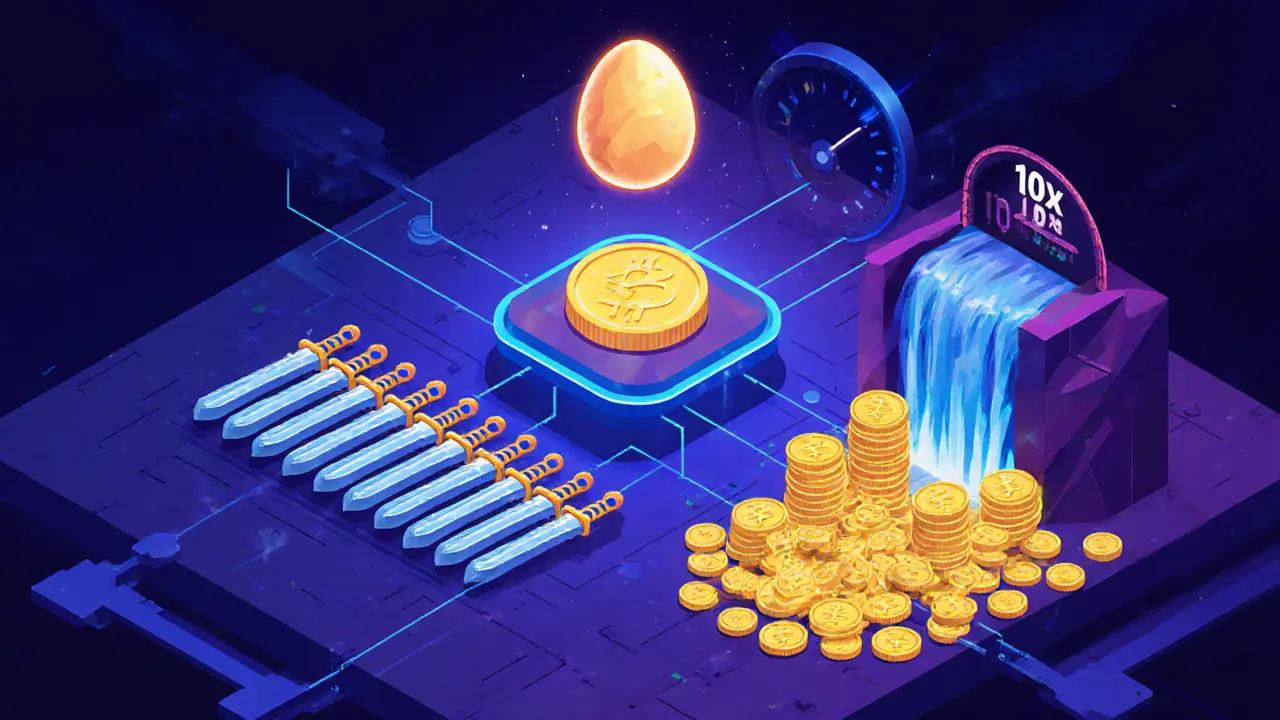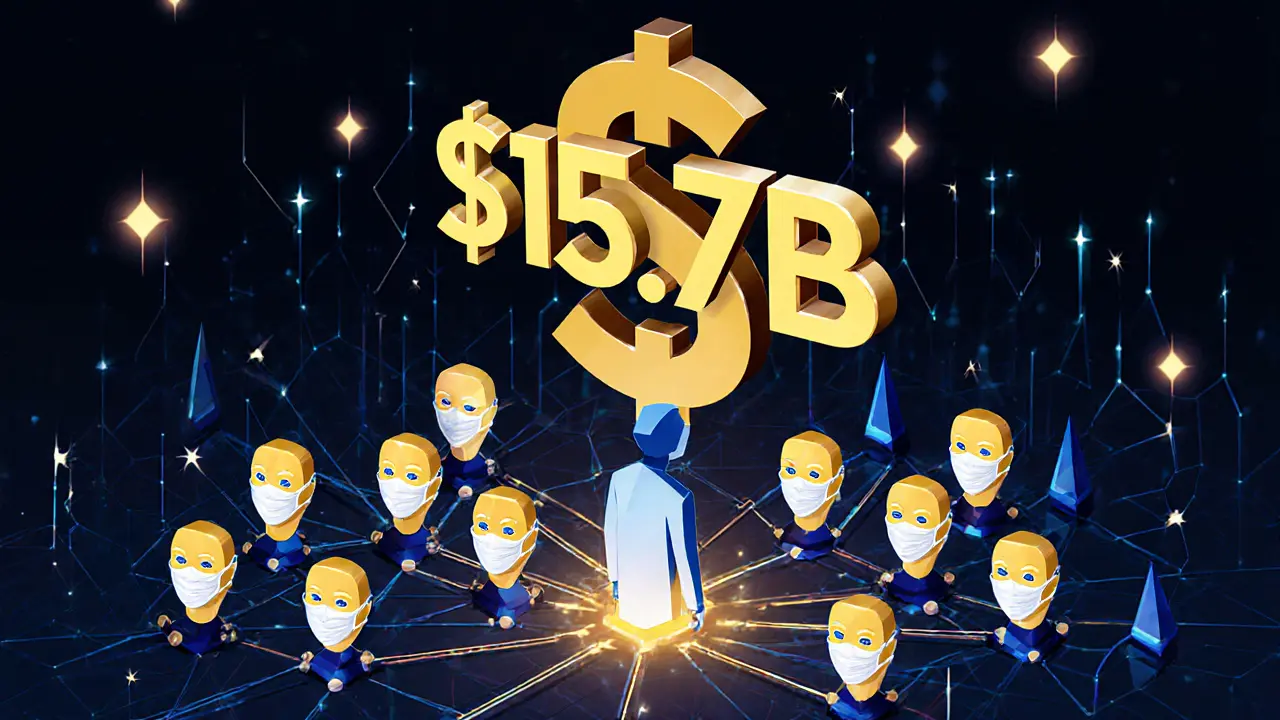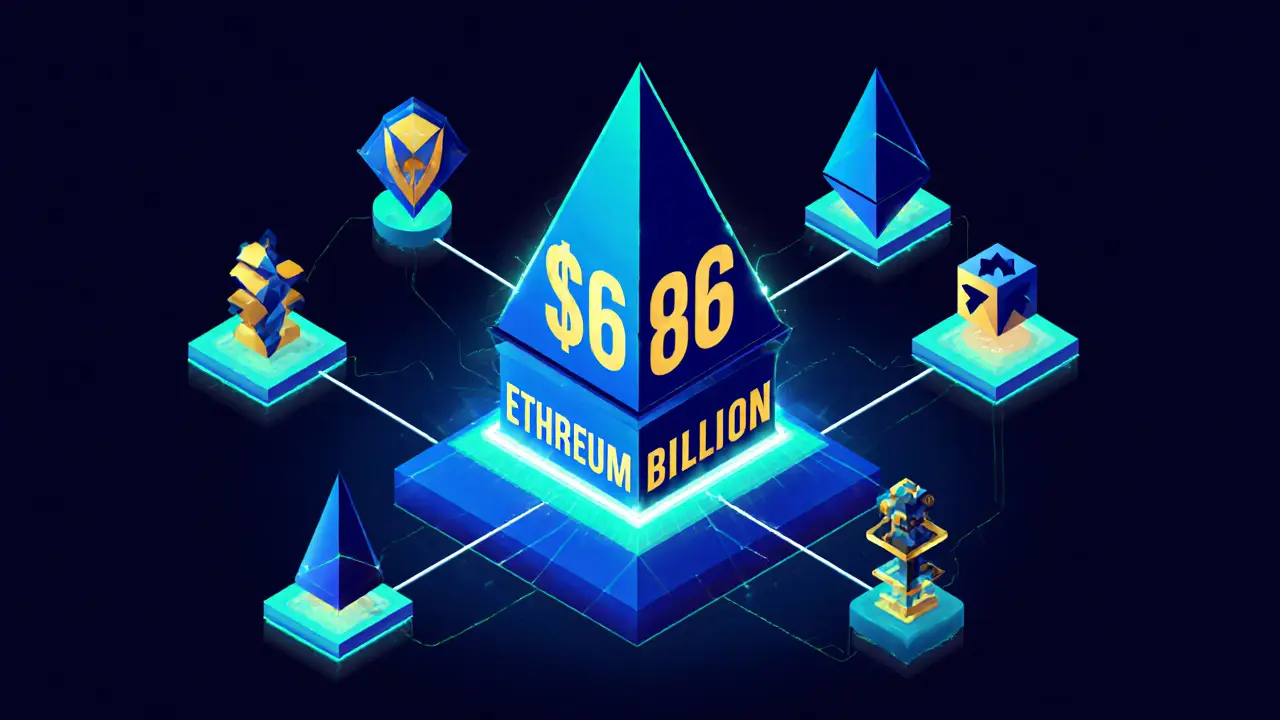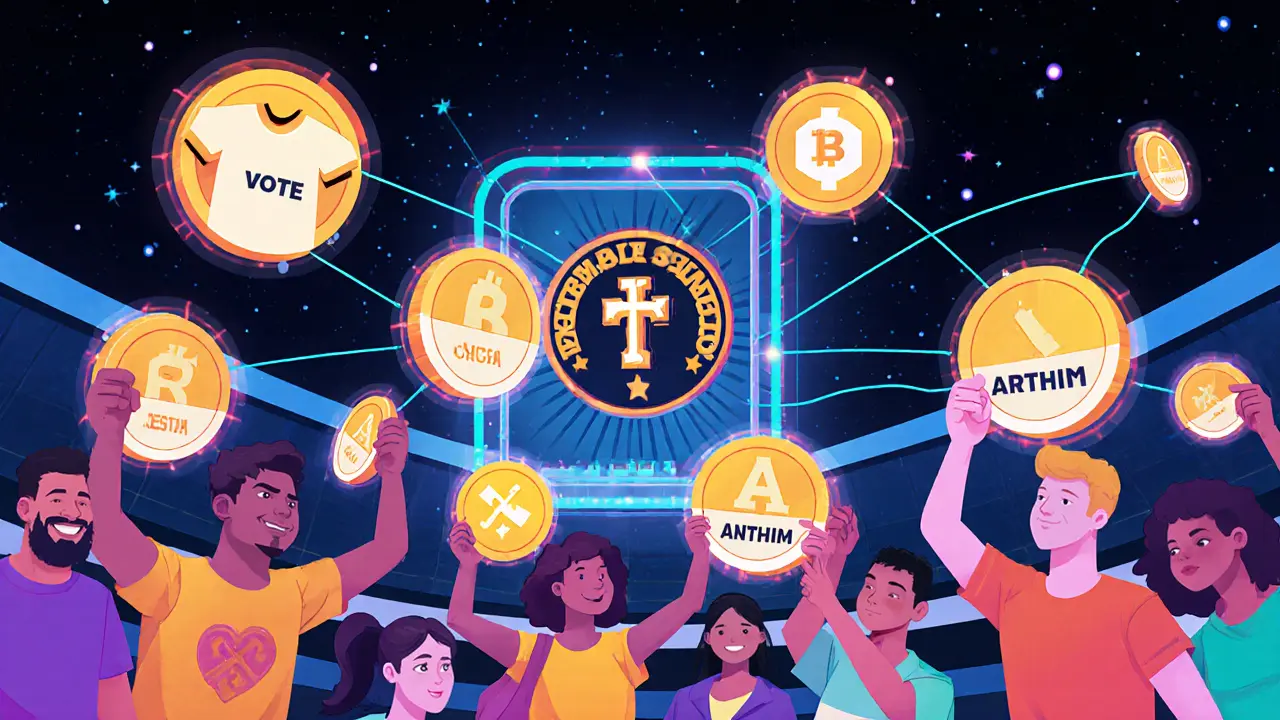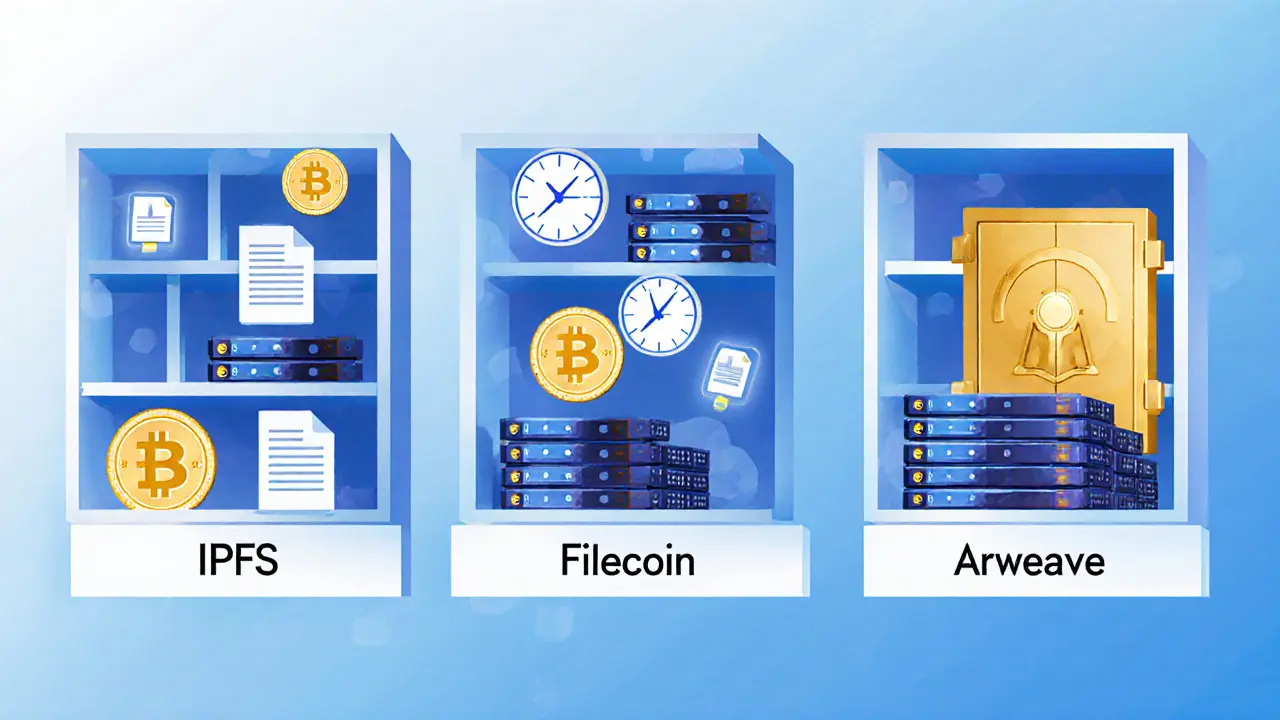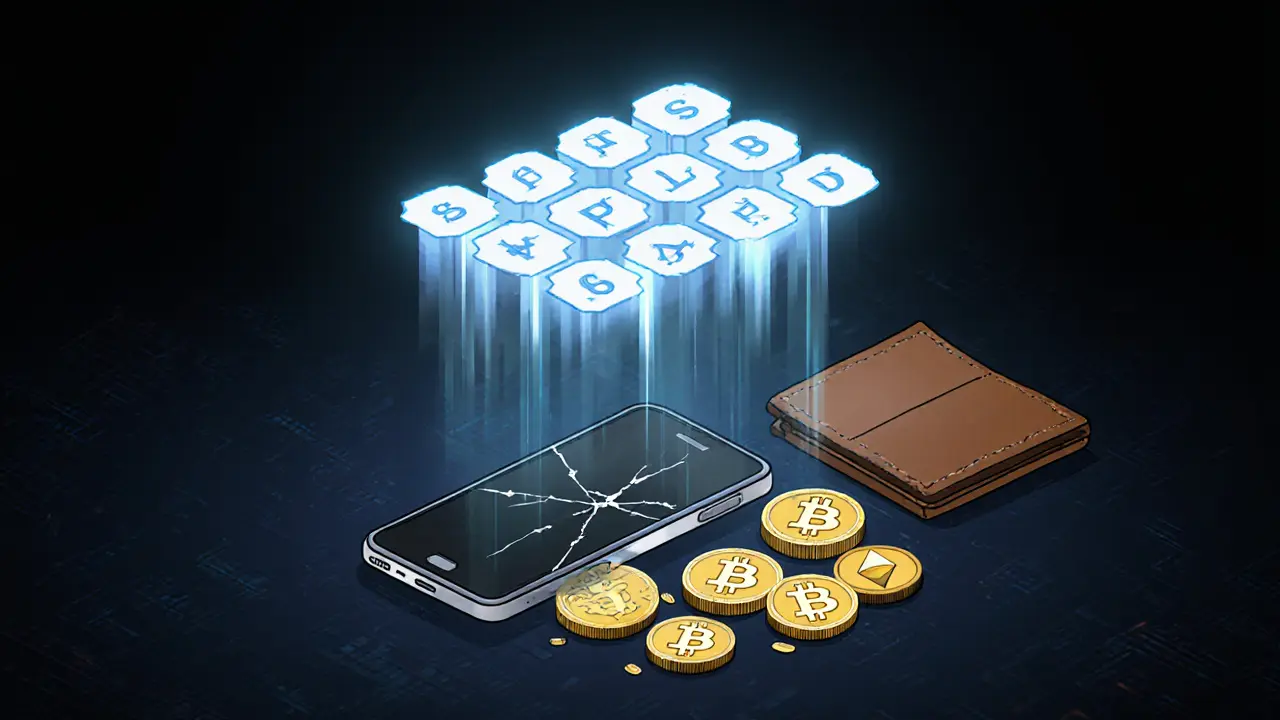Blockchain & Cryptocurrency: Understand the Tech Behind Digital Money
When you hold cryptocurrency, you’re not just owning a number—you’re holding access to a blockchain, a public, tamper-proof digital ledger that records every transaction across a network of computers. Also known as distributed ledger technology, it’s what makes crypto different from bank money: no middleman, no central control, just code and consensus. Without this system, your Bitcoin, Ethereum, or any other coin would be nothing more than a digital note with no real backing.
What keeps that ledger secure? That’s where proof of work, a consensus method that forces miners to solve hard math problems to add new blocks. Also known as PoW, it’s the original security engine behind Bitcoin and has held up for over 15 years—despite its high energy use. But it’s not the only way. Other blockchains use different rules, like proof of stake, but proof of work still matters because it’s proven. And when you trade or store crypto, you’re relying on another critical piece: private keys, the secret codes that prove you own your coins. Also known as crypto ownership keys, they’re the only thing standing between you and losing everything—if you lose them, your crypto is gone forever. That’s why self-custody isn’t optional; it’s the foundation of real ownership.
But crypto isn’t just about tech—it’s about people. Prices swing not just from news or code updates, but from how traders feel. That’s where crypto market sentiment, the collective mood of traders measured through social chatter, news, and on-chain behavior. Also known as market psychology, it often moves prices faster than fundamentals. Fear and greed aren’t just emotions—they’re data points traders use to time buys and sells. Combine that with technical analysis—reading price charts, spotting support levels, tracking RSI—and you start to see how real trading works. It’s not magic. It’s patterns, data, and human behavior all tied together on a blockchain.
You’ll find posts here that cut through the noise. No fluff, no hype. Just clear answers: How KYC works on exchanges, why some exchanges like GemSwap are dead, how to read candlestick charts, and why your private keys are more important than your password. Whether you’re new or have been trading for a while, these guides give you what you actually need to know—not what someone thinks you should believe.
NFT Marketplace Fees and Costs: What You Really Pay in 2025
Understand the real costs of NFT marketplaces in 2025-from platform fees and gas charges to development expenses. Learn how OpenSea, Polygon, and others compare, and what fees actually hurt creators and buyers.
learn moreRenewable Energy Credits on Blockchain: How Digital Ledgers Are Transforming Clean Energy Tracking
Blockchain is transforming how renewable energy credits are tracked, traded, and verified-cutting fraud, reducing costs, and enabling peer-to-peer clean energy sales. Here’s how it works and why it matters.
learn moreERC-1155: The Multi-Token Standard Explained for Developers and Gamers
ERC-1155 is a blockchain standard that lets one smart contract manage fungible tokens, NFTs, and semi-fungible assets together. It cuts gas fees by up to 90% and is now the top choice for blockchain games and complex digital economies.
learn moreCost of Sybil Attack vs Network Value: How Blockchain Security Is Economically Enforced
The cost to launch a Sybil attack on major blockchains like Bitcoin and Ethereum far exceeds the value they protect, making attacks economically irrational. Smaller chains with low cost-to-value ratios remain vulnerable.
learn moreTop DeFi Protocols by Total Value Locked in 2025
Discover the top DeFi protocols by Total Value Locked (TVL) in 2025, including Lido, Aave, MakerDAO, Uniswap, and Curve Finance. Learn what TVL really means, where the money is, and how to avoid common pitfalls.
learn moreUniswap v3 on World Chain: A Real-World Review of Speed, Cost, and Risk
Uniswap v3 on World Chain offers ultra-low fees and fast swaps, making it ideal for retail traders. But liquidity provision is complex, regulation is unclear, and education is lacking. Here's what you need to know before using it.
learn moreHow Fan Engagement with Social Tokens Is Changing Creator and Sports Communities
Social tokens are transforming how fans connect with creators and sports teams by offering voting rights, exclusive content, and real ownership. This blockchain-powered shift turns passive followers into active community members.
learn moreWhat Is KYC in Cryptocurrency? A Simple Guide to Identity Verification in Crypto
KYC in cryptocurrency is the identity verification process required by most exchanges to prevent fraud and comply with global regulations. Learn what it is, why it's mandatory, how it works, and how to complete it successfully.
learn moreEthereum: The Leading Smart Contract Platform
Ethereum is the leading smart contract platform, powering millions of decentralized apps, DeFi protocols, and NFTs. With Ethereum 2.0 and Layer 2 scaling, it's faster, cheaper, and more sustainable than ever.
learn moreUniswap vs SushiSwap: Which DEX Is Right for You in 2025?
Uniswap and SushiSwap are two top decentralized exchanges. Uniswap offers simplicity and deep liquidity. SushiSwap adds rewards and multi-chain support. Which one fits your trading style in 2025?
learn moreIPFS vs Arweave vs Filecoin: Which Decentralized Storage Solution Is Right for You?
Compare IPFS, Arweave, and Filecoin - three decentralized storage options with different models for cost, permanence, and reliability. Find out which one suits your needs for NFTs, data backups, or permanent archives.
learn moreUnderstanding BIP39 Seed Phrase Standard for Crypto Wallet Recovery
Learn how BIP39 seed phrases work, why they're the backbone of crypto wallet recovery, and how to use them safely to avoid losing your digital assets forever.
learn more